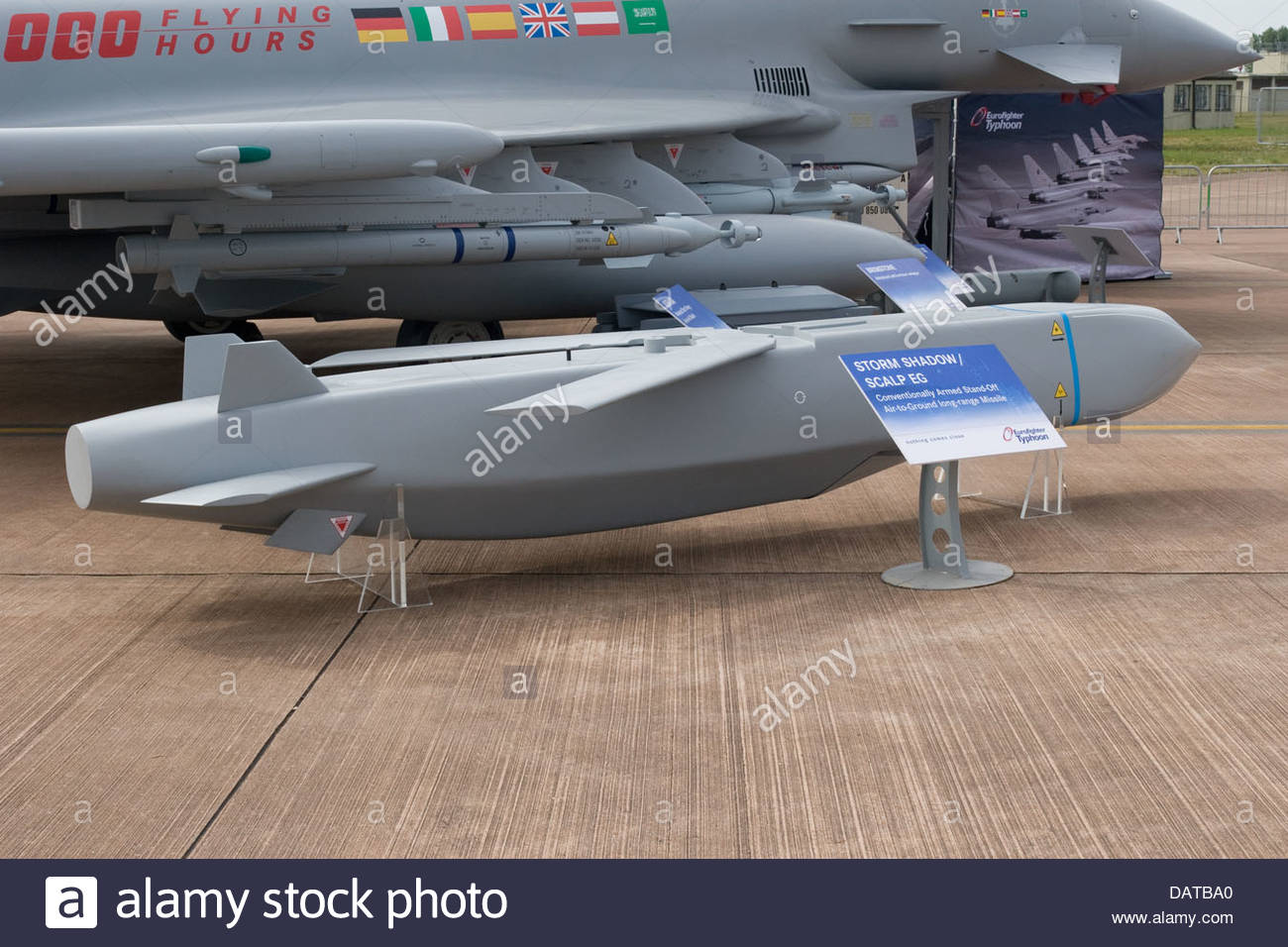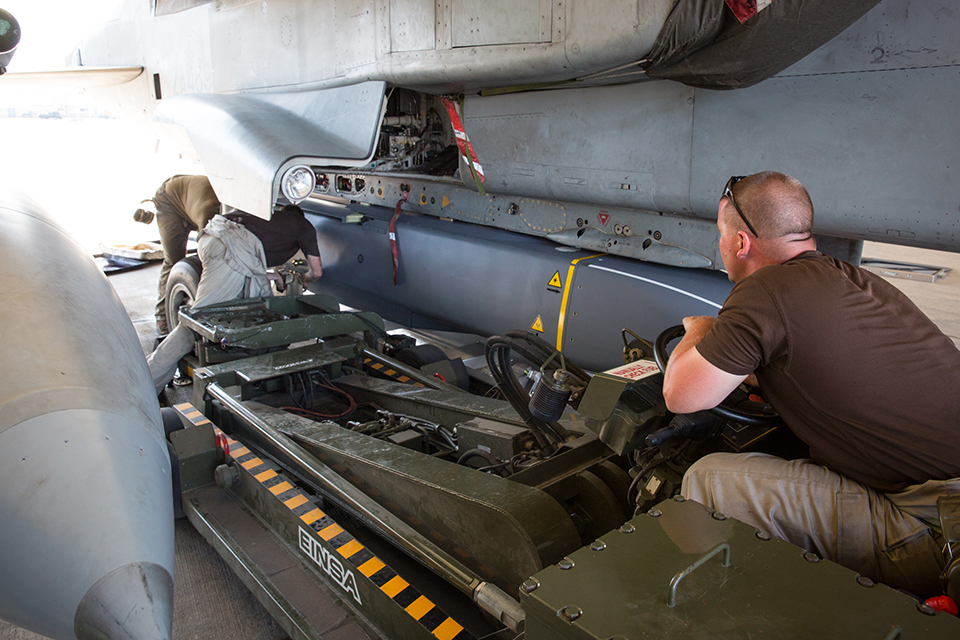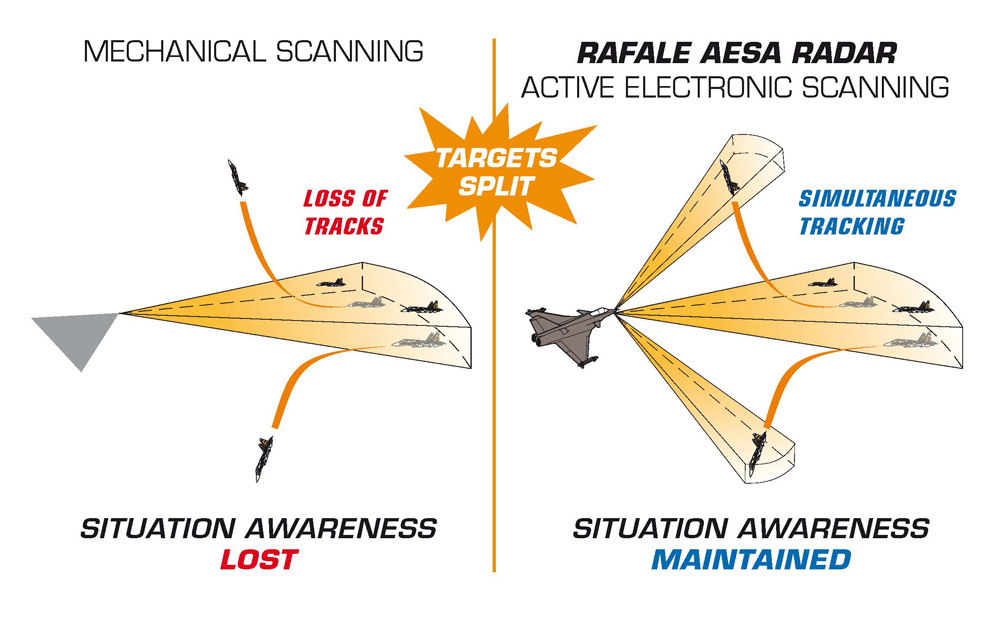للتوضيح طالما أنك تدعي توضيح المغالطات الصورة المدرجة توضح الفرق في الإقفال بين رادار AESA و الرادار ذو المسح الميكانيكي Traditional Mechanical Radar بينما الموضوع أسفله يناقش الفرق بين AESA و PESA
Building an antenna in the form of an array of modules allows the beam to be steered electronically. At first, this was done by creating a passively-scanned array that was connected to traditional transmitter and receiver subsystems
من نفس مصدر الصورة التي ادرجتها في ردك يوضح أن المسح الالكتروني ليس حكرا على فقط AESA
passive electronically scanned array PESA
لست هنا أدافع على PESA أو أقول أنه أفضل لكن فقط ردا على كلامك لذا المرجو مراعاة الدقة في جوابك و تحديد موضوعه بشكل دقيق
للتوضيح كذلك المصدر الذي أدرجته يؤكد بعضا من كلام الأخ
 @Saudi silent بخصوص مجال رؤية الرادار FOV الذي حاولت ضحده
@Saudi silent بخصوص مجال رؤية الرادار FOV الذي حاولت ضحده
AESA Radar Disadvantages
The AESA radar is generally considered the most innovative and technologically-advanced type of tactical radar system. That being said, it does have one notable disadvantage — its limited field of view (FOV).
Currently, the maximum FOV for a standard flat phased AESA antenna is between 90 and 120 degrees. But, by combining mechanical movement with the system, the limited AESA radar range can be vastly increased.
لي عودة لمناقشة بعض ردودك و محدودية قدرات رادار الرافال مقارنة بقدرات منافسيه الحاليين












